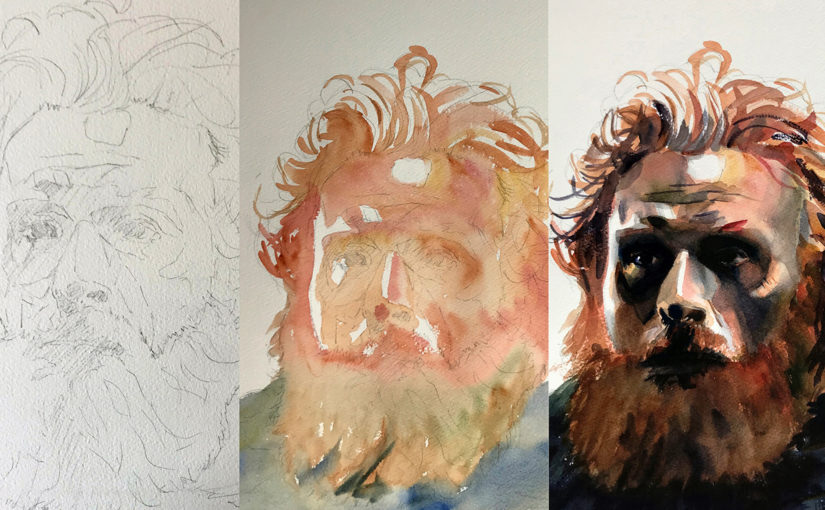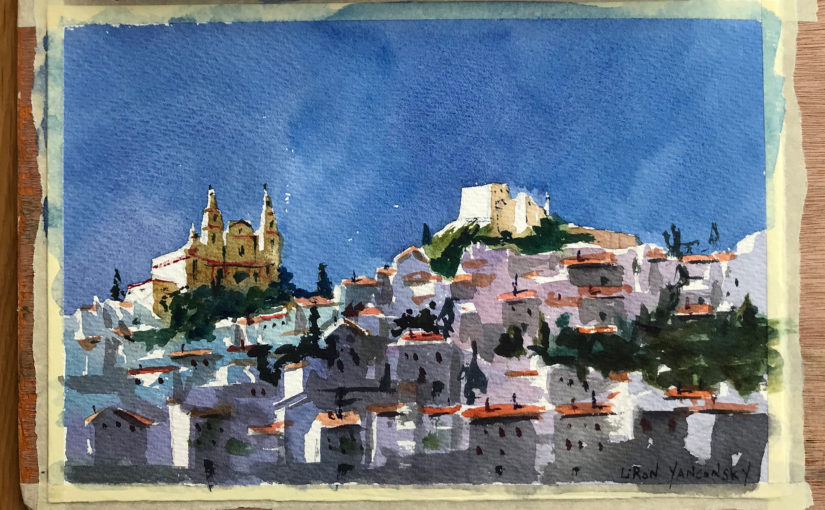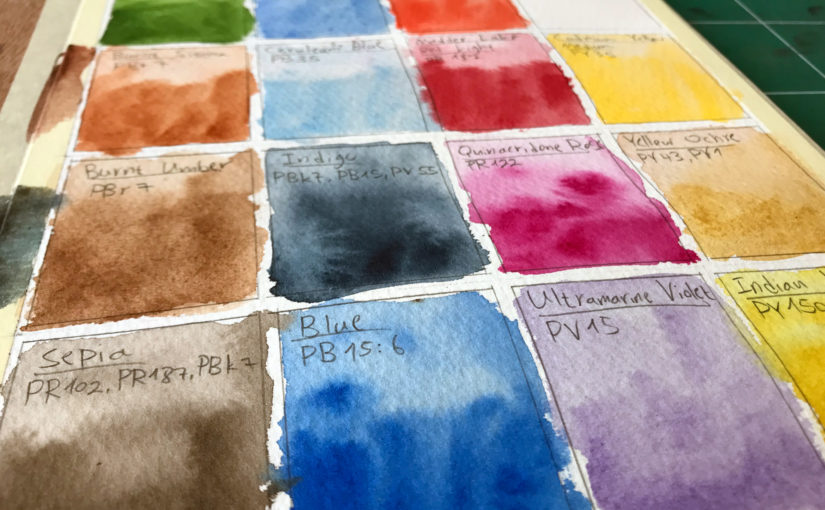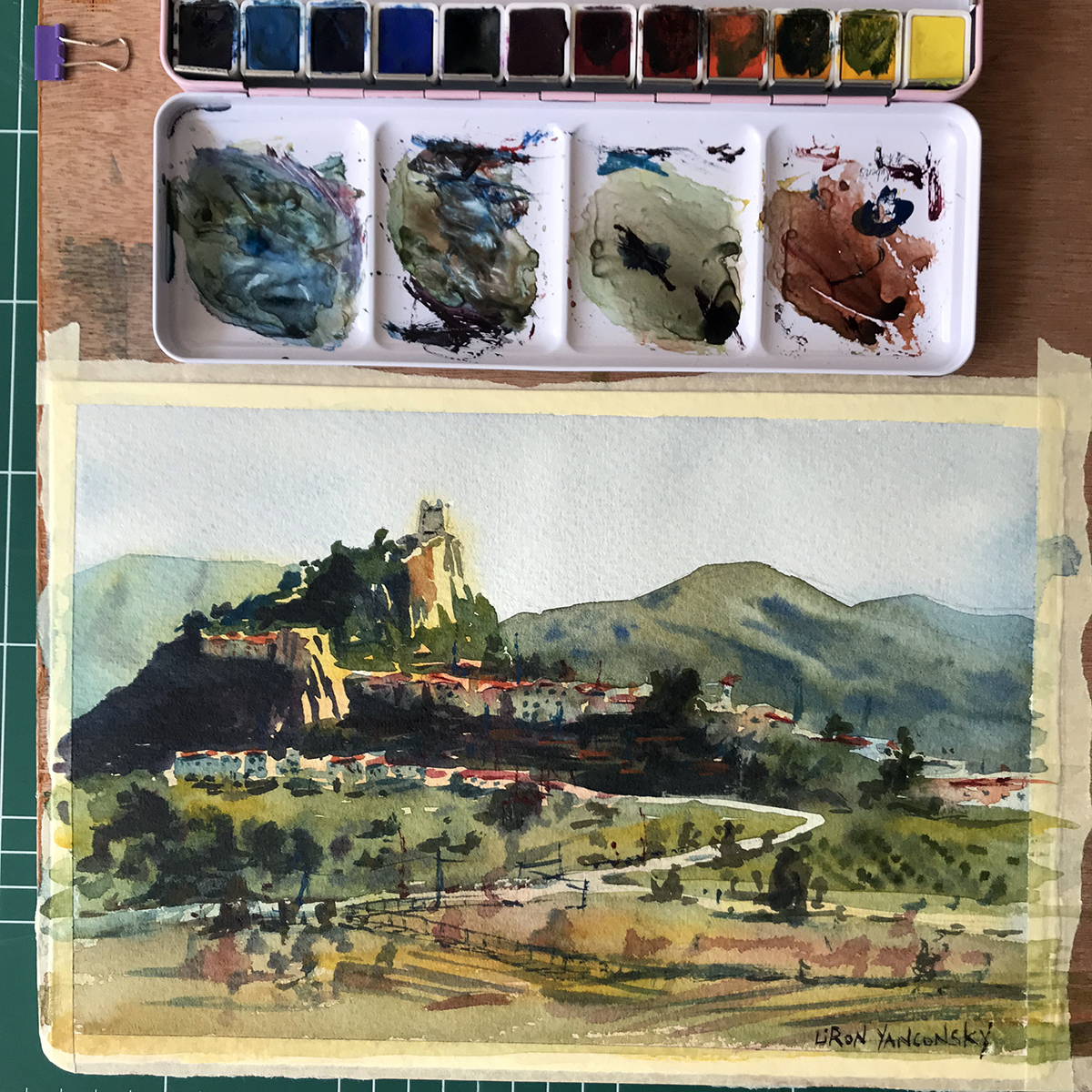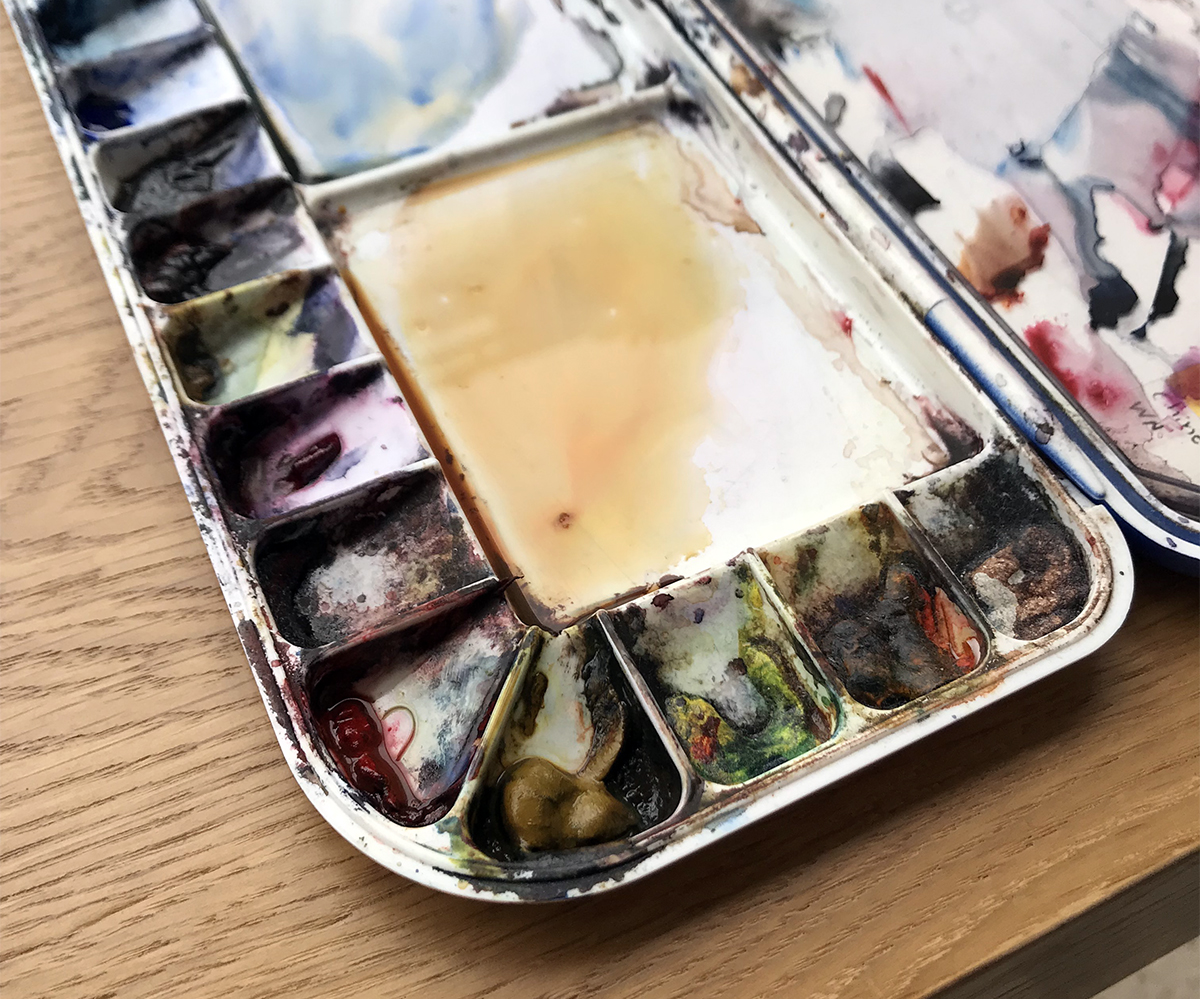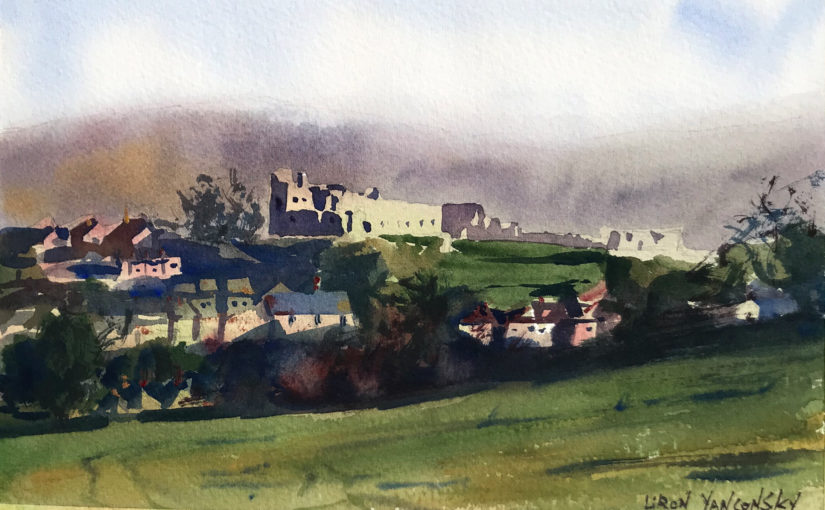Podcast: Play in new window | Download
In today’s episode I want to present you with a new topic I want to introduce into my content and products, and that is… Self-development!
Art & Self-Development
For the longest time self-development, growth and actualization have been a part of my life.
It’s one of my core values to push myself to improve, both as an artist and as a person.
And now, I believe it’s time to introduce more of that into my videos, posts, podcast episodes and courses.
How I Got the Idea
My good friend Alex – A conversation with him made me realize how important this is for me.
I basically complained to him about something, and his reply was something like this: “Why do you insist on becoming a watercolor teacher? What interests you even more is self-development in art.
Hearing that hit me hard, because it’s so darn obvious!!
I ALREADY make this kind of content – Alex also pointed that out for me. Doh! I’m already making so much content revolving around the process, how to become better, habits to help you improve, creating with courage and passion etc.
So I already do this. Now I want to pour more of that into the content I create, as well as the products / courses I sell.
YouTube & Instagram comments – this is another thing that helped me realize this. I started paying attention to what comments I really vibe with.
I noticed something interesting. While I love comments about me helping someone improve their watercolor skills, what I REALLY enjoy is people talking about how I helped motivate them, give them courage to try, or encourage them to try harder.
That’s what REALLY makes me feel good. And producing content that will help people more and more with THAT, is something I’m very curious about trying more of.
Life Lessons Learned from Watercolor Painting
I recently posted a vid on this topic on YouTube, as a first dip into this new territory. For this podcast episode I cut out the audio and added it here.
If you want to watch the actual video, you can do that too.
In the video I cover the four major insights I gained in the last couple of years, from painting. Those are (1) Letting Go (2) Trusting the Process (3) Patience (4) Speed & Spontaneity.
I hope you enjoy this very first attempt, as well as future ones to come.
And I also hope to create some courses around my experience in this area too.
And with that being said, time for today’s Artist Corner!
Artist Corner
Today we’re looking at Harold B Herbert. He was an Australian painter who lived from 1892-1945.
His life story is fascinating, and his watercolor skills are VERY impressive.
I highly recommend you check out his:
Work – Harold B Herbert Paintings & Sketches
Quick Bios – 1 – Quicker / 2 – More Details
I will also review him in the upcoming episode of Painting Masters (31), that’ll be out on Thursday, May 9th, 17:00 EST.
And Here’s where you can find me
Check out my YouTube Channel – Liron Yanconsky
Or ask me questions on Instagram – @LironYanIL or Snapchat – @LironYan3
I hope you enjoyed this one. Take care, and we’ll talk again really soon,
— Liron

